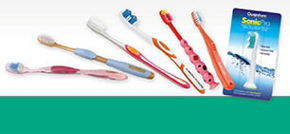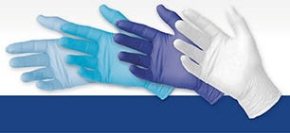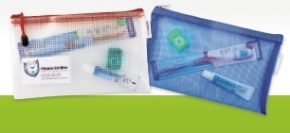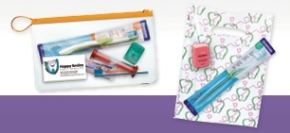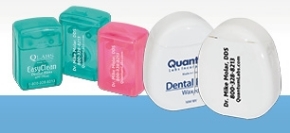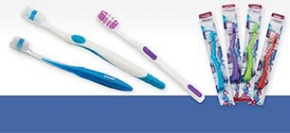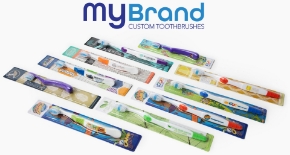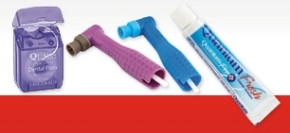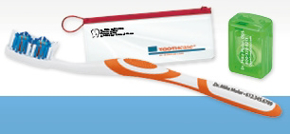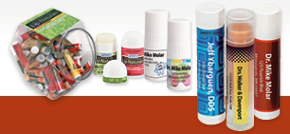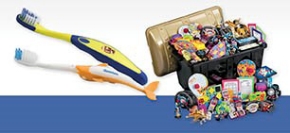Having white teeth is both a sign of good health and personal hygiene. If your teeth aren't as white as you'd like them to be, there are a few things you can try at home to achieve a whiter smile. Though none of these tips will do the job as well as a professional whitening service, they can definitely help whiten your teeth and won't break the bank in the process. Before you try any of these or other tooth whitening tips, remember to check with your dentist for a dental hygiene plan personalized to your oral health.

Whitening Toothpaste
Always try to buy toothpaste that has a clearly-mentioned whitening formula. Whitening toothpaste makes use of polishers, abrasives to lighten dark spots, and bleaching agents to brighten your smile. Don’t expect instant results though, whitening toothpaste typically takes months to produce noticeable results. Regardless, they are still the most universally-used product for teeth whitening because they’re easy to incorporate into your daily oral care regimen. In fact, it should be part of your daily oral care routine anyway, even if you are using other teeth whitening processes, since it also maintains your teeth. Regular use of whitening toothpaste will help you achieve and maintain a bright white smile.
Whitening Strips
Whitening strips are typically more effective than toothpaste alone. They use peroxides and whiten your smile quickly. There are both over-the-counter strips and professional strips available. Neither are designed for your bite and mouth specifically, so you may not see the same results as someone else using the same product. Strips work great if you have minor staining and are looking to brighten up your teeth quickly and at a low cost.
Brushing with Baking Soda
Baking soda has long been used as an alternative to toothpaste. Many people will admit to brushing teeth with just baking soda. Today, many toothpaste manufacturers are incorporating baking soda into their formula.
To use baking soda as a toothpaste, mix 1 teaspoon of baking soda with 2 teaspoons of water and brush your teeth with the paste. Adding a few drops of peppermint or clove essential oil can add to the fresh feel it leaves behind. Do not add essential oils directly to your toothbrush as it can quickly degrade the bristles of the brush. You should only be brushing with baking soda a few times per week and in addition to your regular toothpaste recommended by your dentist.
Oil Pulling
Oil pulling originated in India and is part of a natural healing practice called Ayurveda. This method is used to improve oral hygiene and remove toxins from the body. The practice involves swishing oil around in your mouth to remove bacteria, which can turn into plaque and cause your teeth to look yellow. Coconut oil is a popular choice because it has a pleasant taste and offers many additional health benefits. Coconut oil is also high in lauric acid, which is known for its ability to reduce inflammation and kill bacteria. Unlike many other tooth whitening methods, coconut oil pulling does not expose your teeth to acid or other ingredients that erode the enamel. This means it is safe to do daily.
To oil pull, put 1 tablespoon of coconut oil in your mouth and push and pull the oil through your teeth. Coconut oil is solid at room temperature, so you may need to wait a few seconds for it to melt. Continue the oil pulling for a full 15–20 minutes. Be sure to spit the coconut oil into a toilet or trash can, as it could return to solid form once in your drain pipes and cause a clog.
Diet
Prevent tooth stains before they happen by being mindful of the food and beverages you are consuming throughout the day. Coffee, red wine, soda, and dark berries, for example, all have properties that will leave stains on your teeth. You don’t need to cut these out of your diet completely, but be mindful of your intake. You should also consider brushing your teeth before and after consuming any one of these food or beverages, this will help prevent stains from forming. Using a straw with dark or stain-producing beverages can also help to minimize staining effects.
If you’d like to learn more about these remedies or any others you may have heard of, please consult your dentist.


 Log in
Log in 


